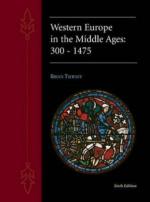|
This section contains 2,479 words (approx. 9 pages at 300 words per page) |

|
Criticism
Antonopoulos, Anna. "The Double Meaning of Hestia: Gender, Spirituality, and Signification in Antiquity." Women and Language 16, no. 1 (spring 1993): 1-6.
Semiotic study of the Greek goddess of the hearth, Hestia, which suggests she may represent an "omphalos" (navel) symbol that stands in opposition to the phallus.
Arens, Katherine. "Between Hypatia and Beauvoir: Philosophy as Discourse." Hypatia 10, no. 4 (fall 1995): 46-75.
Compares literary interpretations of two female philosophers, one modern, Simone de Beauvoir, and the other classical, Hypatia, in order to explore the constraints placed upon feminine philosophical discourse.
Bar On, Bat-Ami, ed. Engendering Origins: Critical Feminist Readings in Plato and Aristotle. Albany: State University of New York Press, 1994, 248 p.
Collection of twelve essays by various contributors featuring feminist approaches to the writings of Plato and Aristotle on the subjects of women and philosophy.
Black, Nancy B. "Woman as Savior: The Virgin Mary and Empress of Rome in...
|
This section contains 2,479 words (approx. 9 pages at 300 words per page) |

|



